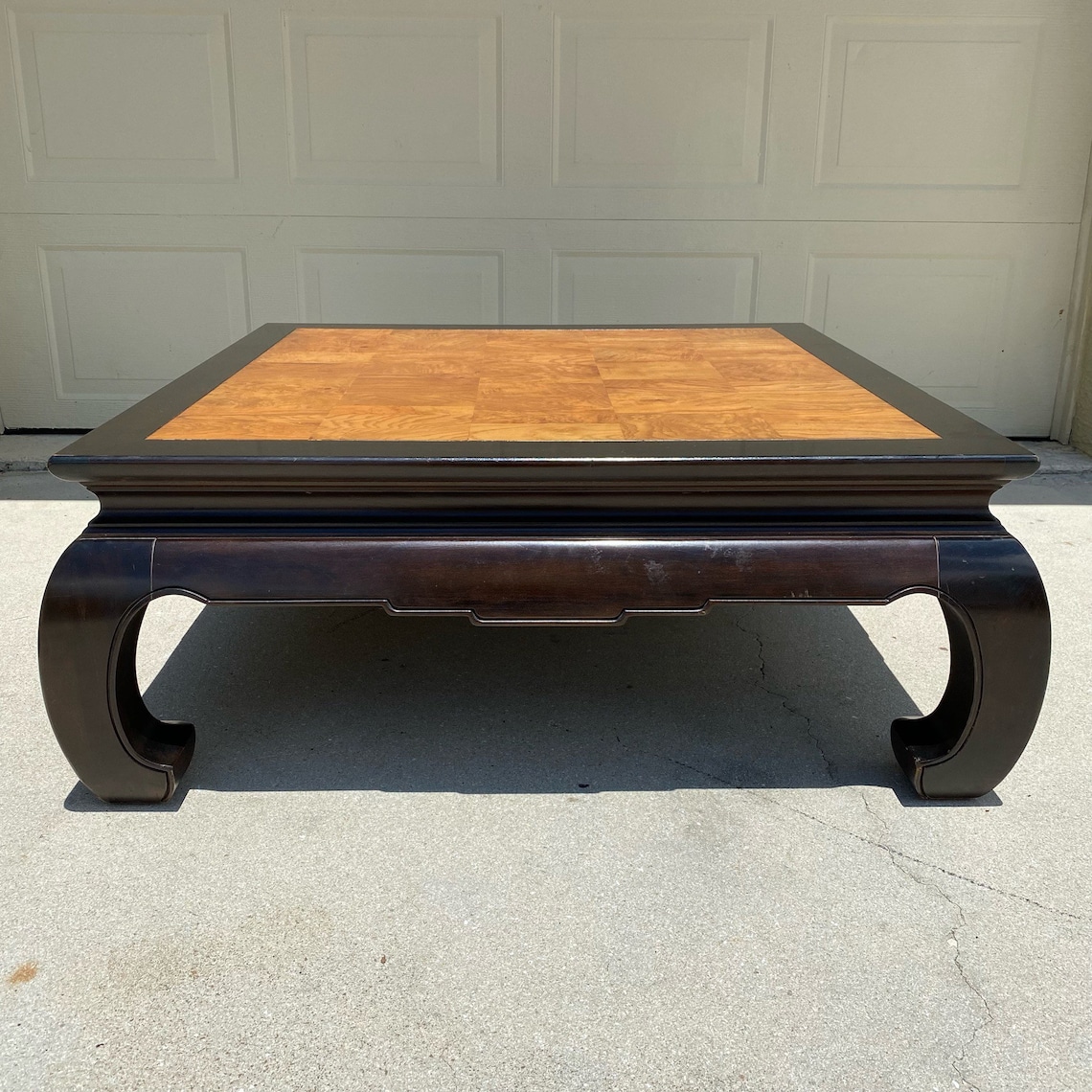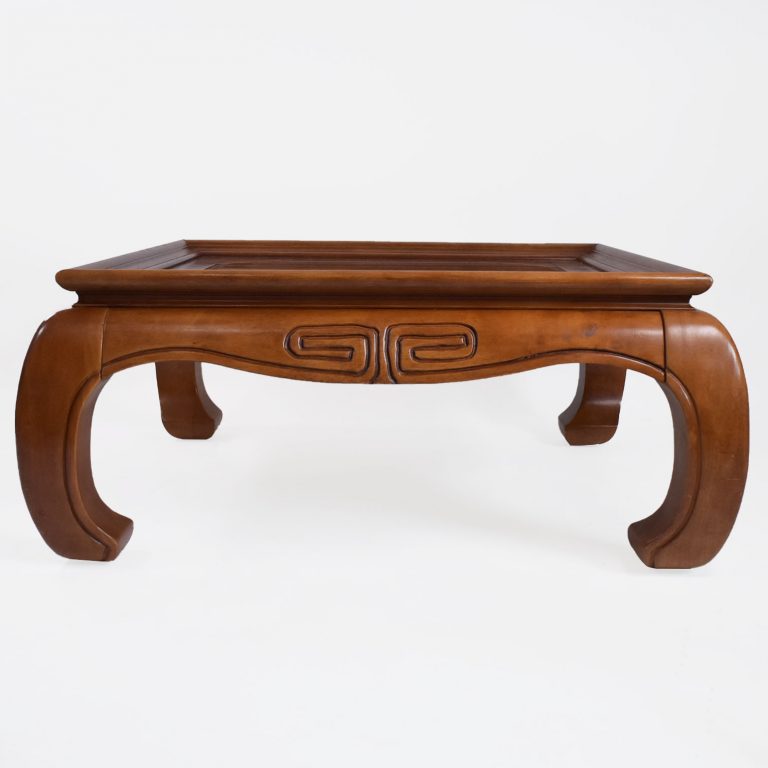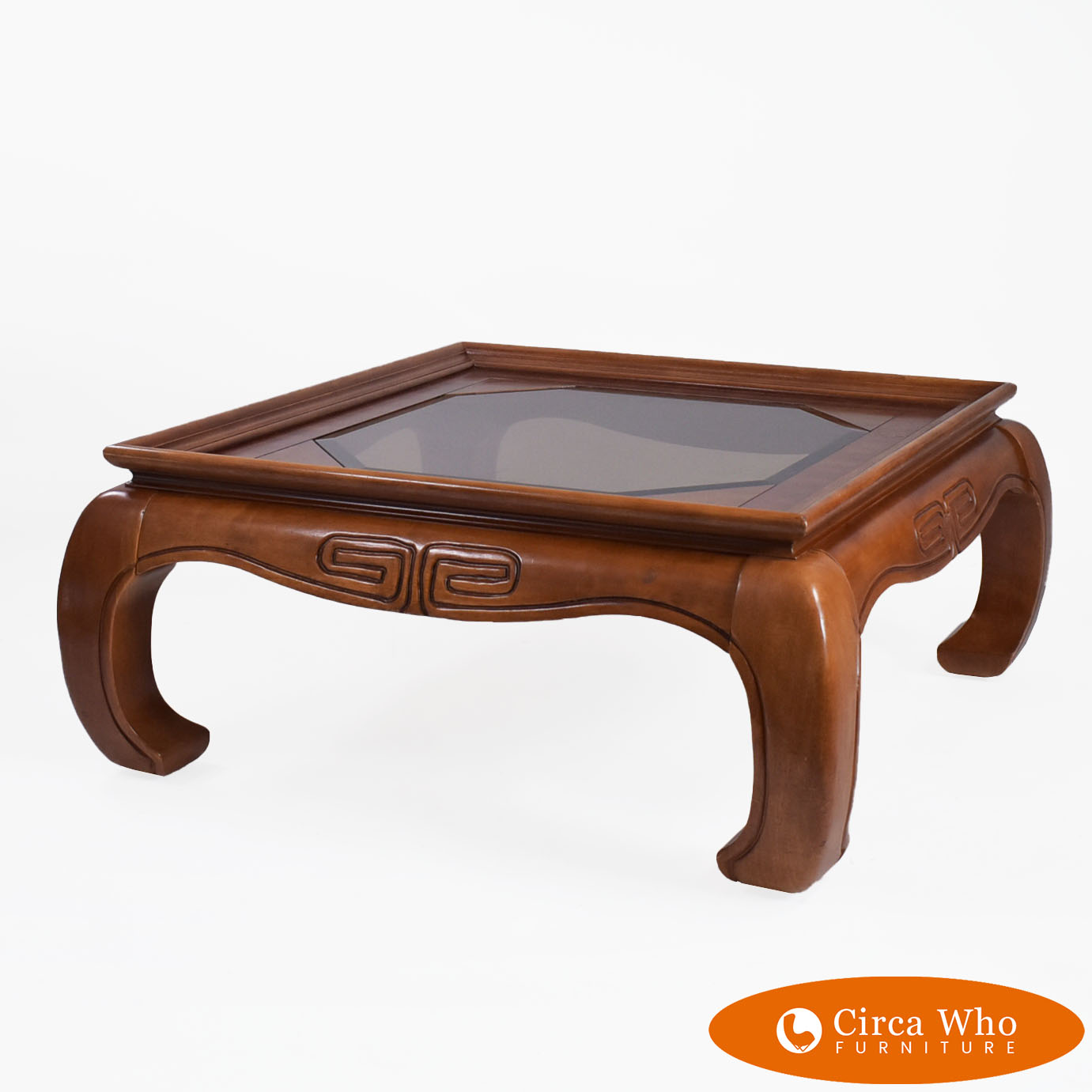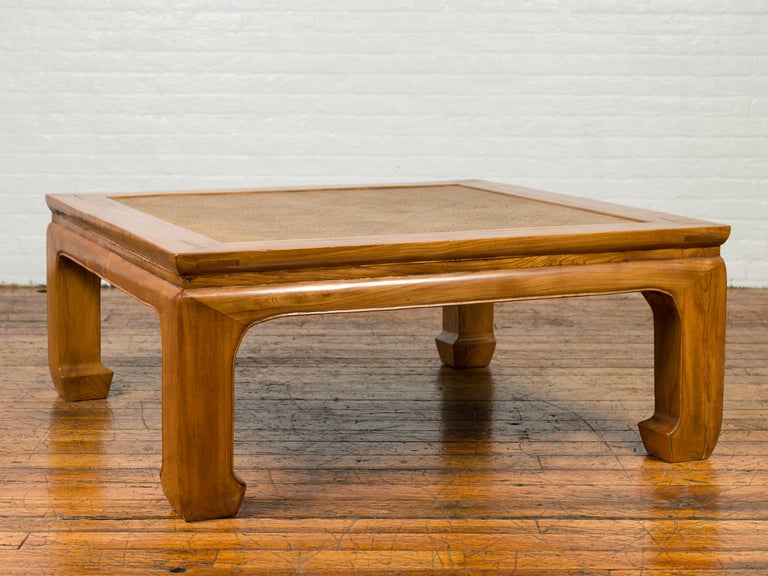The Ming Coffee Table: A Timeless Legacy of Elegance and Craftsmanship

The Ming dynasty (1368-1644) was a golden age for Chinese art and design, and its influence can still be seen today in the elegant simplicity of Ming furniture. Among the most iconic pieces are the Ming coffee tables, which embody the essence of this era’s aesthetic principles: understated beauty, meticulous craftsmanship, and a deep connection to nature.
A Glimpse into the Past: The Origins of Ming Coffee Tables
While the term "coffee table" is a modern invention, the furniture that serves this purpose in contemporary homes has roots deeply embedded in the Ming dynasty. During this period, Chinese society experienced a surge in cultural and economic prosperity, leading to a flourishing of the arts and crafts. This era saw the development of distinct styles of furniture, characterized by their refined forms, intricate joinery, and use of high-quality materials.
The Ming coffee tables, often referred to as "low tables" or "tea tables," were primarily designed for ceremonial tea drinking and gatherings. They were typically placed in the central hall of a home, serving as a focal point for social interaction and the display of prized possessions.
The Distinctive Features of Ming Coffee Tables

Ming coffee tables are easily recognizable by their unique characteristics:
- Simple and Elegant Design: The tables are known for their clean lines, minimalist forms, and lack of excessive ornamentation. The focus is on the natural beauty of the wood and the skillful craftsmanship.
- Solid Wood Construction: Ming tables were primarily crafted from hardwoods like rosewood, walnut, and camphorwood, chosen for their durability, rich color, and distinctive grain patterns.
- Intricate Joinery: The tables were assembled using traditional joinery techniques, such as mortise and tenon, dovetail, and lap joints, which ensured strength and stability without the need for nails or glue. These joints are often considered works of art in themselves, showcasing the skill of the craftsman.
- Minimalist Decoration: While some Ming tables feature subtle carvings or inlaid designs, the focus remains on the natural beauty of the wood. The use of lacquer and gilding was also common, adding a touch of elegance and sophistication.
- Varying Shapes and Sizes: Ming coffee tables come in a variety of shapes, including rectangular, square, circular, and octagonal. They also vary in size, ranging from small, intimate tables to larger, more imposing pieces.
The Influence of Confucianism and Daoism
The design principles of Ming furniture, including the coffee tables, were heavily influenced by Confucianism and Daoism, two major philosophical schools of thought in China. Confucianism emphasized order, harmony, and respect for tradition, while Daoism promoted simplicity, naturalness, and a connection to the universe. These principles are reflected in the restrained elegance, balanced proportions, and use of natural materials in Ming furniture.

The Legacy of Ming Coffee Tables: From Ancient China to Modern Homes
The enduring appeal of Ming coffee tables lies in their timeless elegance and craftsmanship. They seamlessly blend into various interior design styles, from traditional to modern, adding a touch of sophistication and history to any space.
Modern Interpretations and Adaptations
Today, many contemporary designers draw inspiration from the classic Ming coffee table, creating modern interpretations that retain the essence of the original design while incorporating contemporary materials and aesthetics. These adaptations often feature sleek lines, minimalist forms, and a focus on functionality.
The Value and Appreciation of Ming Coffee Tables

Authentic Ming coffee tables are highly prized by collectors and connoisseurs, with some pieces fetching astronomical prices at auctions. Their value is determined by factors such as age, condition, materials, craftsmanship, and provenance.
Caring for Your Ming Coffee Table
To preserve the beauty and value of your Ming coffee table, it’s essential to provide proper care:
- Dust Regularly: Use a soft, dry cloth to remove dust and debris. Avoid using harsh chemicals or abrasive cleaners.

- Protect from Sunlight: Direct sunlight can fade the wood and damage the finish. Place your table in a shaded area or use a protective covering.
- Avoid Moisture: Excessive moisture can warp or damage the wood. Avoid placing your table in humid areas or near water sources.
- Professional Cleaning: For deep cleaning or restoration, consult a professional furniture conservator.
Conclusion
The Ming coffee table is more than just a piece of furniture; it’s a testament to the enduring legacy of Chinese craftsmanship and design. Its elegant simplicity, meticulous construction, and timeless appeal continue to inspire generations of designers and collectors alike. Whether you choose an authentic antique or a modern interpretation, a Ming coffee table is sure to add a touch of sophistication and history to your home, serving as a conversation starter and a reminder of the enduring beauty of traditional craftsmanship.
/products/variants/LE_ming_g1_1665047001151.jpg)
Also read: Antraknosa Pada Terong



